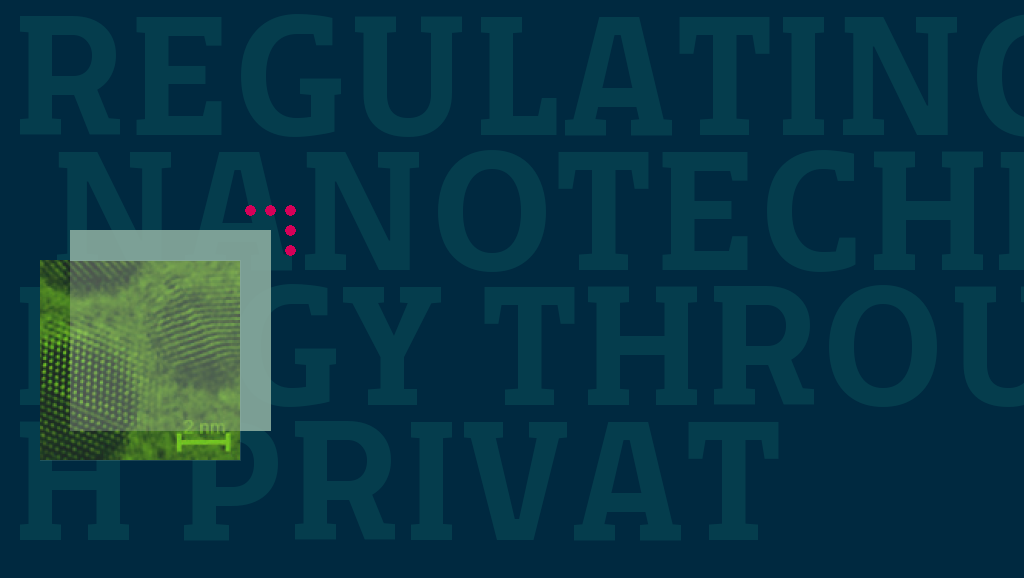While some public officials claim that the potential risks of nanotechnology will be managed as early as possible, numerous questions are raised about the relevance of existing regulation for the many different nano-products.
The standards and codes that are being experimented are, at this time, mostly voluntary and emerge from a range of institutions, either private, national or international. The DG Research of the European Commission issued a code of conduct for nanotechnology research in May 2008. In the U.K, a “Responsible Nano-Code” was crafted in 2006.
A striking characteristic of nanotechnology is that private actors play a growing role in the ongoing debate about the regulation of nano-products. Among them, insurance companies are central.
In a report released last Spring, Lloyd’s, the British insurance company, presented its position on nanotechnology. From the report it is clear that insurance companies may well push for new regulation: Lloyd’s advocated clarification of the regulatory landscape, to the point that “the insurance industry should lobby for clarity in this area” (1).
Clarity is needed for insurance companies as they need to trade on a specific market: that of nanotechnology-related risks. For actors to play in this market, it is necessary to have as much information as possible, about the regulation that will be applied and about the risks related to nano-products.
For the lead researcher of Lloyd’s emerging risk team, insurers could ask their clients questions about the nature and type of nanotechnologies being used, and their “known and potential effects” (2). Being forced to answer these types of questions by their insurers could incite industrial companies to set up risk management procedures and comply with existing standards and codes.
Other companies offer risk management systems adapted to nano-product industries, which can then receive a specific quality label. In return, such initiatives could increase the number of companies implementing specific processes devoted to nano-related risk management.
Nanotechnology is thus at a point in its development where private actors seem to take the lead in the discussions about regulation – and in actual regulatory experiments. This is so for a multiplicity of experiments, and this creates new roles for some. Thus, an environmental NGO committed to nanotechnology risk management might find it appropriate to work with an insurance company or a consulting company
That regulation-making is a complex landscape where private actors play key roles does not mean that public actors should not have a say. In this diffuse regulatory landscape, public actors are badly needed. While the exploration of experimental paths to risk management is beneficial, equal protection against risks must be ensured. At this stage, one can only hope that the diversity of private experiments will stimulate the work of the public bodies in charge of nanotechnology issues.
1. Nanotechnology: Recent Developments, Risks and Opportunities, Lloyd’s emerging risk team report, 2008.
2. Nanotechnology: An insurer’s perspective, David Baxter, Lead Researcher, Emerging Risks, Lloyd’s of London
















